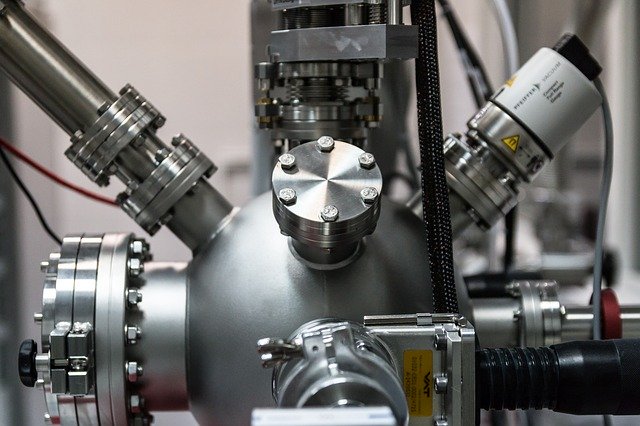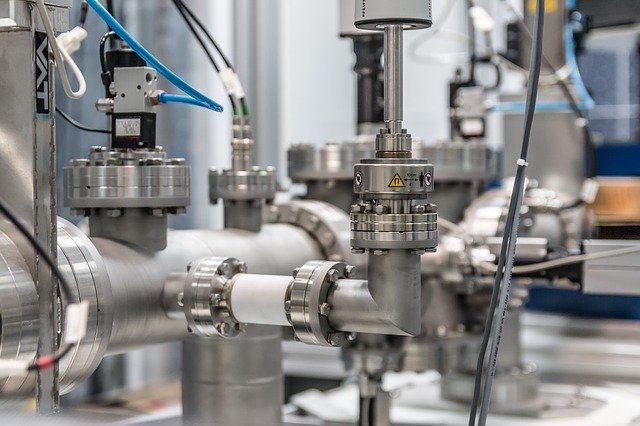This excerpt has been taken from “Air Conditioning, Heating and Refrigeration Mechanic Castro Valley “. Central Heating Units Experts in Oakland at Appliance Repair in Irving TX can assist with all your heating and air conditioning needs. Thanks to the author for this information.
A. Boiler Location
The boiler should be placed in a separate room whenever possible; in new construction this is usually required. In most housing inspections, however, we are dealing with existing conditions; therefore, we must adapt the situation as closely as possible to acceptable safety standards. In many old buildings the furnace is located in the center of the cellar or basement, and this location does not lend itself for practical conversion to a boiler room.
Consider the physical requirements for a boiler room.
1 Ventilation – More circulating air is required for the boiler room than for a habitable room, in order to reduce the heat buildup caused by the boiler or furnace as well as to supply oxygen for combustion.
2 Fire Protection Rating – As specified by various codes (fire code, building code, and insurance under-writers the fire regulations must be strictly adhered to in areas surrounding the boiler or furnace. This minimum dimension from which a boiler or furnace is to be spaced from a wall or ceiling.
Many times the enclosure of the furnace or boiler creates a problem of providing adequate air supply and ventilation for the room. Where codes and local authority permit, it may be more practical to place the furnace or boiler in open area. The ceiling above the furnace should be fire protected to a distance of 3 feet beyond all furnace or boiler appurtenances and this area should be free of all storage material.
The furnace or boiler should be set on a firm foundation of concrete if located in the cellar or basement. If the codes permit furnace installations on the first floor, then the building code must be consulted for proper setting and location.
B. Heating Boilers
Boilers may be classified according to several kinds of characteristics. The material may be cast iron or steel. Their construction may be section, portable, fire-tube, water-tube, or special. Domestic heating boilers are generally of low-pressure type with a maximum working pressure of 15 pounds per square inch for steam and 30 pounds per square inch for hot water.
All boilers have a combustion chamber for burning fuel. Automatic fuel-firing devices help supply the fuel and control the combustion. Hand firing is accomplished by the provision of a great, ash pit, and controllable drafts to admit air under the fuel bed and over it through slots in the firing door. A check draft is required at the smoke pipe connection to control chimney draft. The gas passes from the combustion chamber to the flue passages (smoke pipe) designed for maximum possible transfer of heat from the gas. Provisions must be made for cleaning flue passages.
The term boiler is applied to the single heat source that can supply either steam or hot-water (boiler is often called a heater).
Cast iron boilers are generally classified as:
1. Square or rectangular boilers with vertical sections.
2. Round, square, or rectangular boilers with horizontal pancake sections.
Cast iron boilers are usually shipped in sections and assembled at the site.
C. Steel Boilers
Most steel boilers are assembled units with welded steel construction and are called portable boilers. Larger boilers are installed in refectory brick settings built on the site. Above the combustion chamber a group of tubes is suspended, usually horizontally, between two headers. If flue gases pass through the tubes and water surrounds them, the boiler is designated as the fire-tube type. When water flows through the tubes, it is termed water-tube. Fire-tube is the predominant type.

D. Heating Furnaces
Heating Furnaces are the heat sources used when air is the heat-carrying medium. When air circulates because of the different densities of the heated and cooled air, the furnace is a gravity type. A fan may be included for the air circulation; this type is called a mechanical warm-air furnace. Furnaces may be of cast iron or steel and burn various types of fuel.
We offer “Appliance repair service in Irving TX“, call us for same-day service.
Continue reading our article on Hermetic Sealed Compressors

